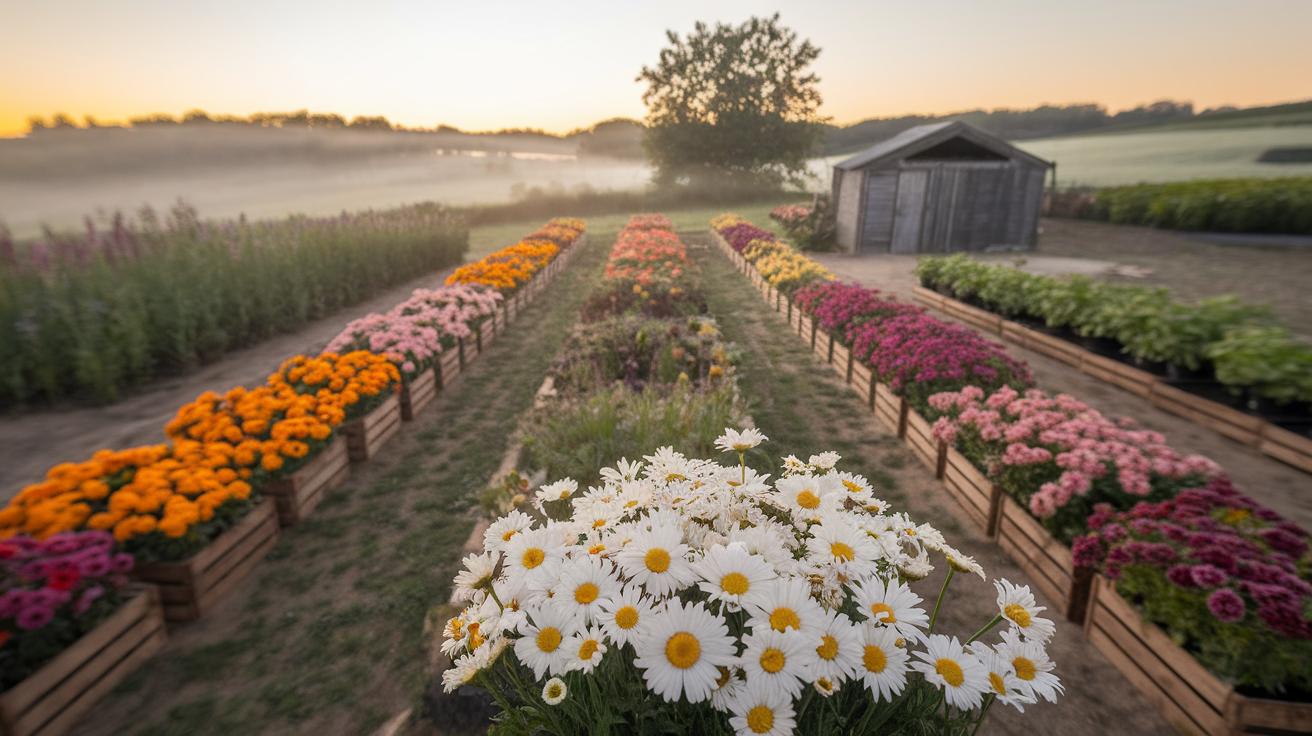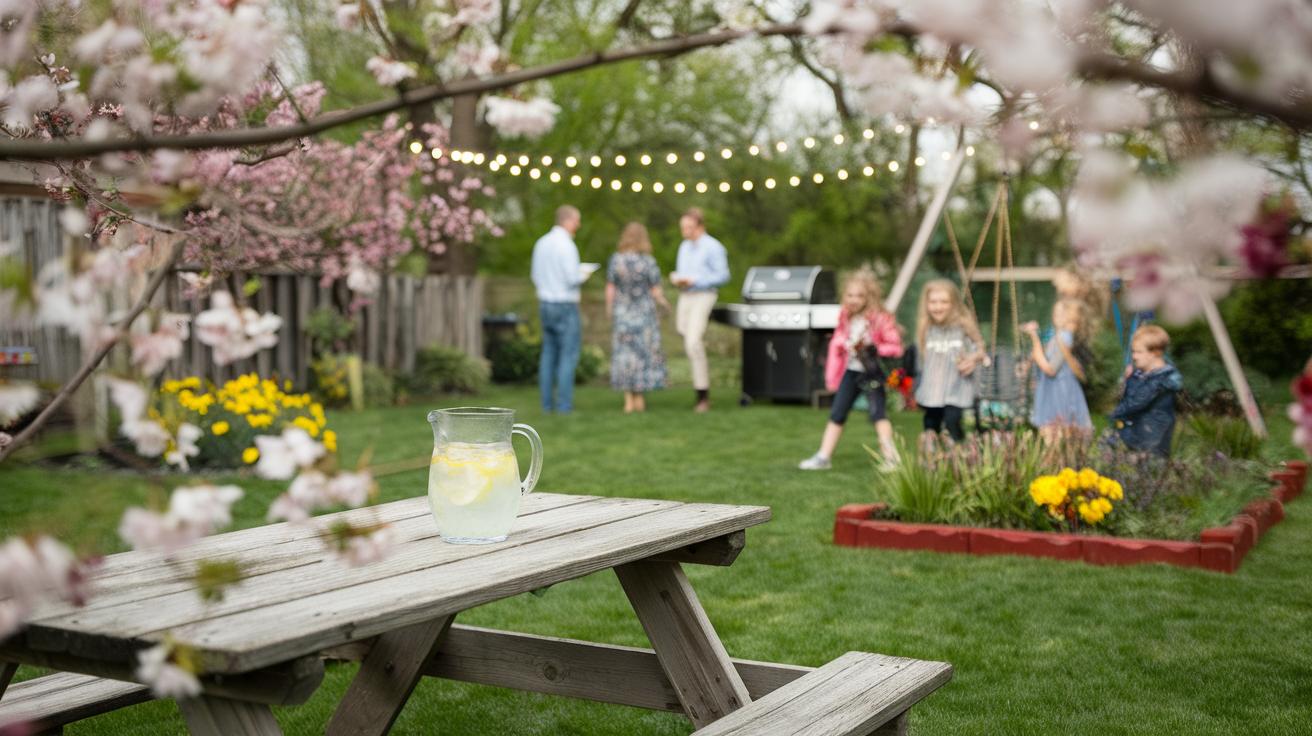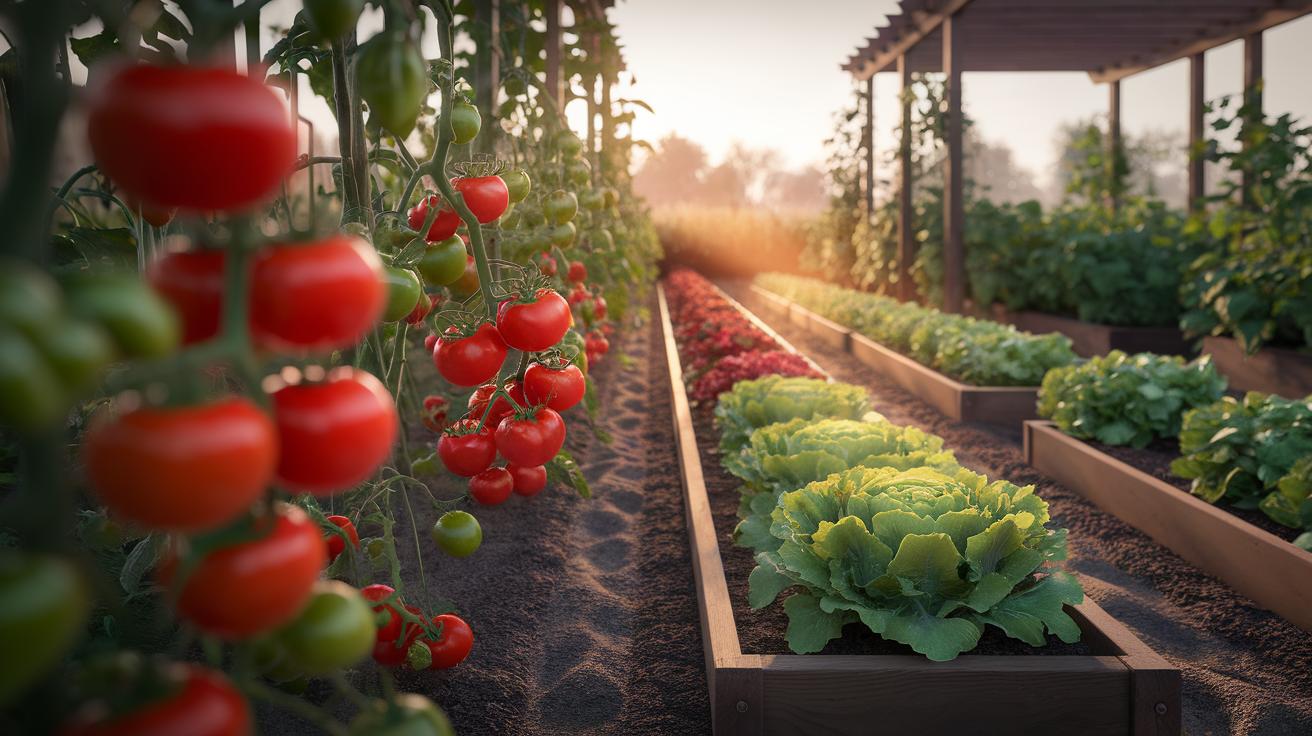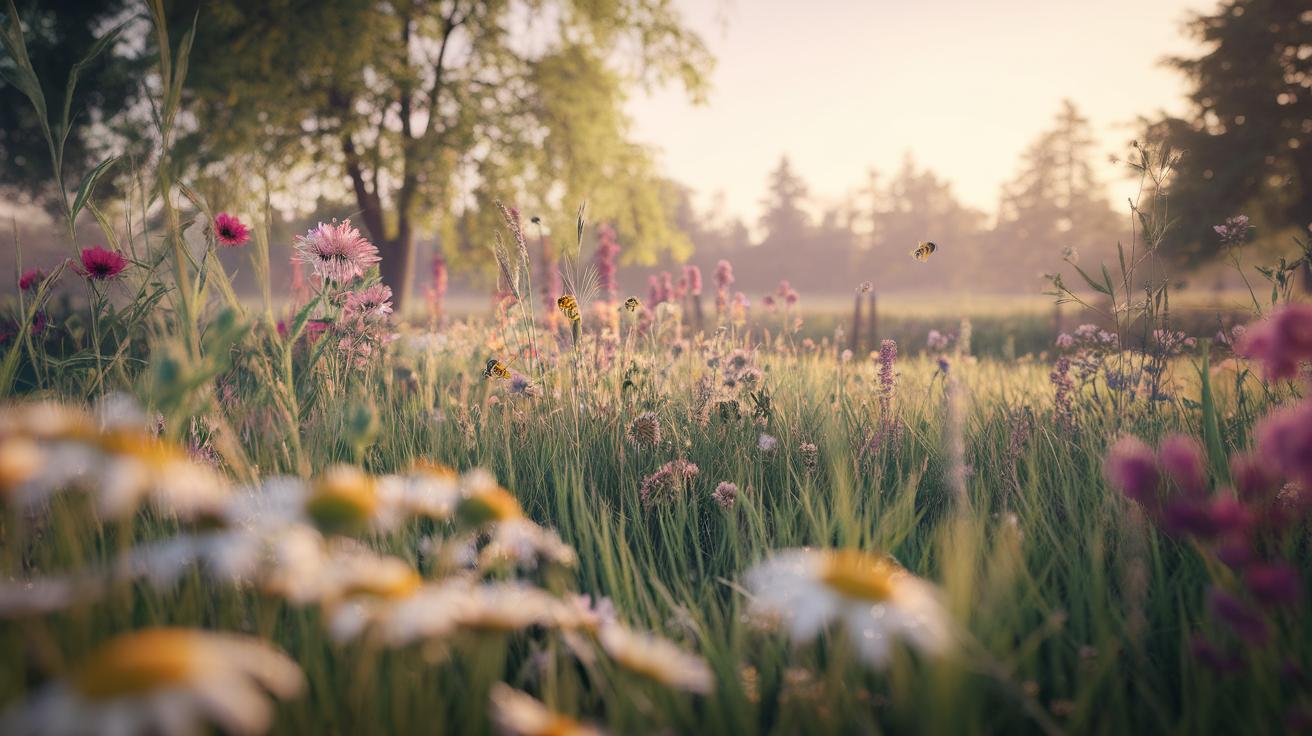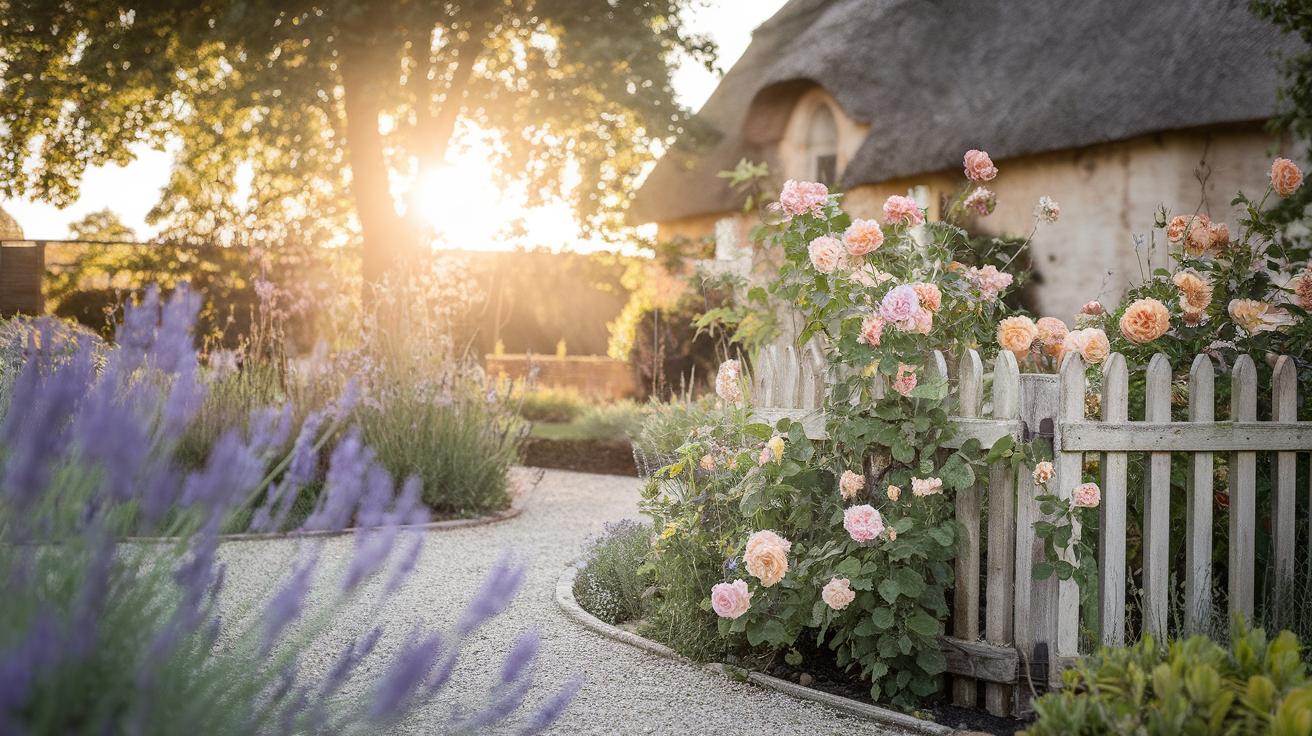Introduction
Flower farming can be a rewarding business, offering both beauty and profit. Many wonder if starting a flower farm is too expensive or complicated. The reality is, you can begin a flower farm with limited funds while still making it profitable. This article will guide you through straightforward steps to start your flower farm using practical methods and budget-friendly strategies. You’ll learn how to select suitable flowers, prepare your land, and manage your operations effectively.
Whether you have a small patch of land or a larger space, there are simple ways to grow flowers that customers will love. From choosing the right flower varieties to marketing your products, every step impacts your success. This article aims to help you understand these aspects clearly so that you can plan and build a flower farm that not only thrives financially but also brings joy to your community.
Choosing The Right Flowers To Grow
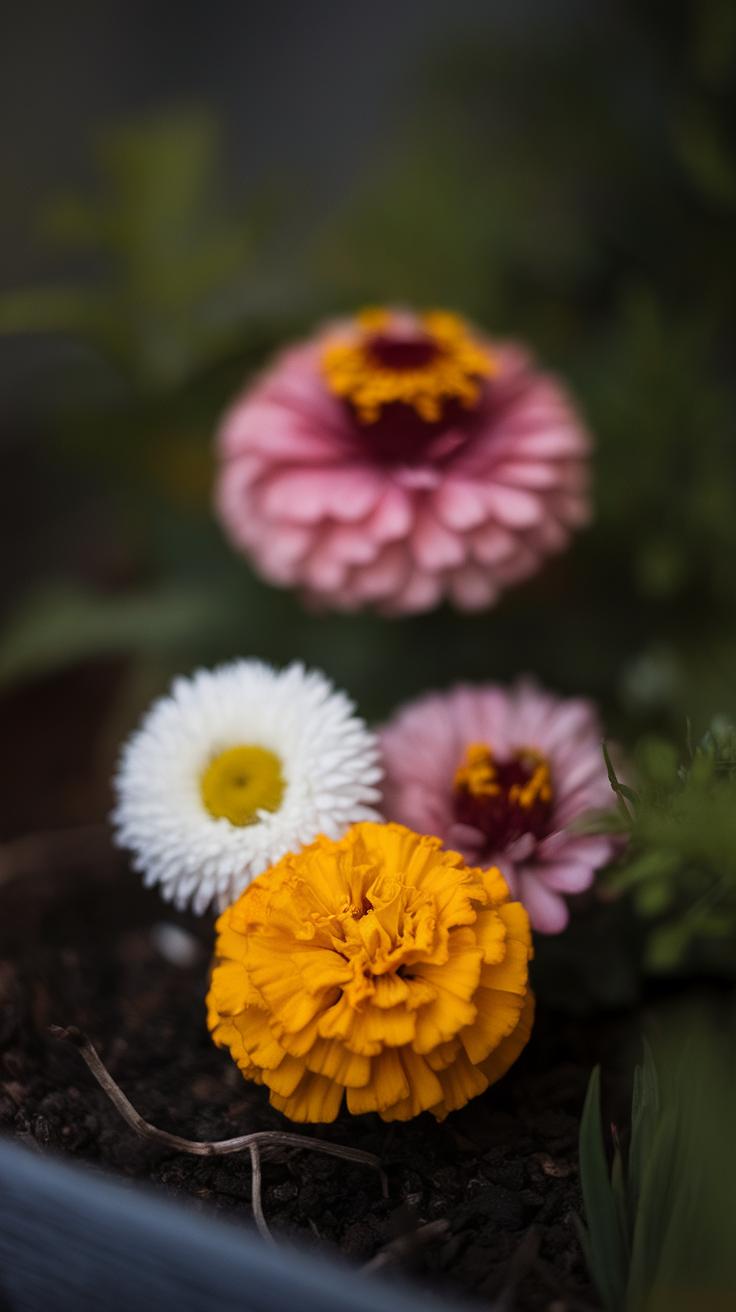
Picking flowers for your farm affects your expenses and profits. Focus on species that grow well with little care and cost. These flowers should also have steady market demand. Study the climate where you live to decide which flowers match best. Some blooms thrive in warm weather, others need cooler temperatures. The soil on your property matters too. Certain flowers grow well in sandy soil, while others prefer clay or loam. Check when flowers bloom to plan sales throughout the year. You want a steady supply of fresh flowers without needing expensive inputs. Ask yourself: which flowers can I grow easily here? What do local buyers want? Choosing right means you avoid costly mistakes and start strong.
Best Low Cost Flowers For Beginners
Carnations, daisies, and sunflowers are great for new farmers on a budget. These flowers require minimal fertilizing and watering. They usually resist pests and diseases, so you spend less on treatments. Carnations have long vase life, making them popular at markets. Daisies grow fast and bloom multiple times a season. Sunflowers catch buyers’ eyes with large, bright blooms. Their seeds also provide extra income if you choose to sell them. These flowers don’t need fancy equipment or manicured soil. You can start with simple seed packets. These choices reduce costs while offering more sales chances. What else could fit your local demand as easily? You want flowers that grow without much fuss but bring steady income.
Understanding Your Local Climate And Soil
Knowing your environment helps you avoid spending on soil fixes or extra care. Find out your area’s average temperature, rainfall, and frost dates. Some flowers wilt in too hot or cold settings. Learning your soil type saves you from costly amendments. You might have sandy, clay, or loamy soil. Each type suits different flowers. Test your soil’s pH and nutrients with affordable kits. If the soil naturally fits your flower’s needs, growth will be healthier and cheaper. Can you spot areas on your land with better drainage or sunlight? Use those spots for flowers sensitive to moisture or shade. Understanding your land helps you plant smart and reduce waste.
Preparing Your Land Efficiently
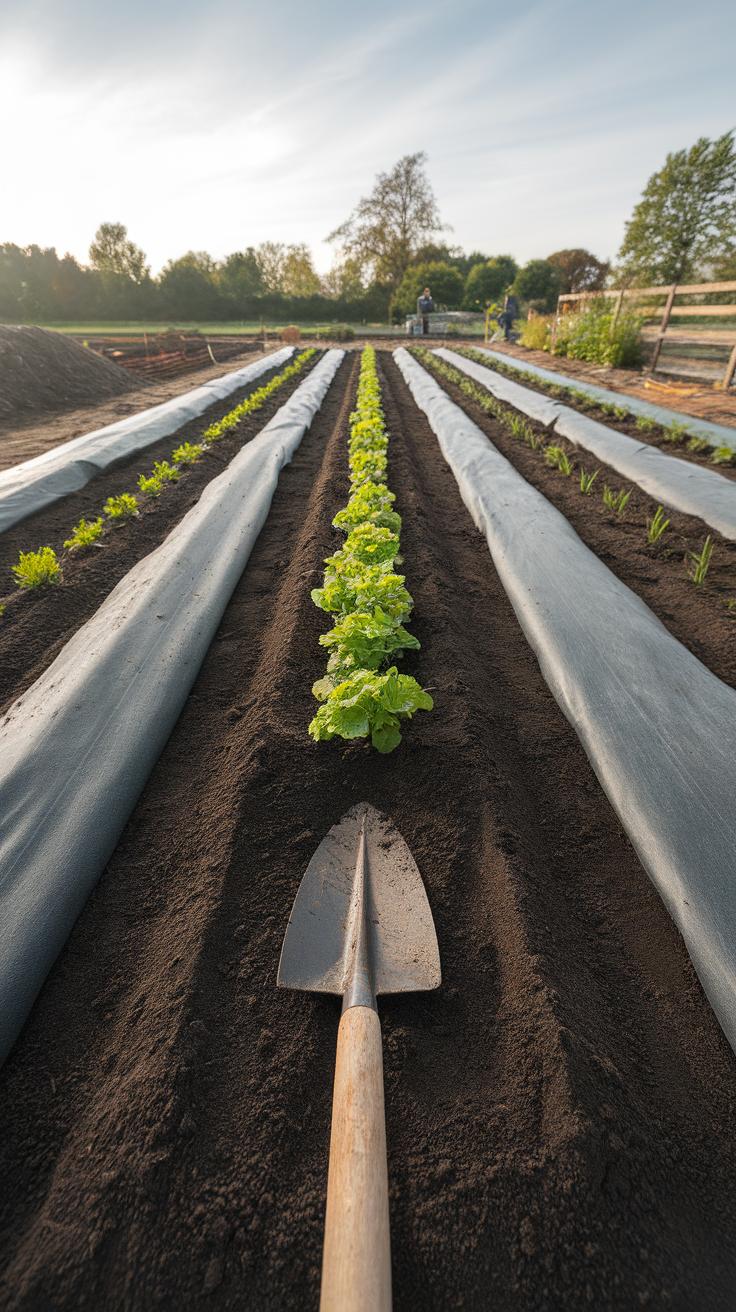
Preparing your flower farm land does not require expensive machines or hired labor. Using simple tools like hoes, rakes, and shovels can help you clear weeds and debris effectively. Start by removing large rocks, sticks, and any trash that could block roots or damage tools. Pull out or cut weeds close to the soil surface to prevent regrowth.
Create flower beds by loosening the soil with a garden fork or spade, breaking up clumps to improve aeration and drainage. Layer organic matter such as compost or aged manure into the soil to enrich nutrients without buying costly fertilizers. Arrange your beds with enough space between rows to allow easy access for maintenance and harvesting. How can you make the best use of your available tools to save time during this process?
Clearing And Preparing The Soil
You don’t need big machinery to prepare your flower farm soil. Basic hand tools are enough to clear the land and set up flower beds. For example, you can use a hoe to dig out weeds and shape beds by leveling the ground with a rake.
Work the soil by turning it over in sections. This breaks compacted layers and mixes organic material into the topsoil. After this, smooth the soil surface for seedlings. Using mulch from leaves or grass clippings can keep weeds down and retain moisture without extra cost.
Simple Soil Testing Methods
You can test your soil without expensive lab fees. Affordable soil test kits are available at garden centers, often costing under $20. These kits measure pH and key nutrients like nitrogen, phosphorus, and potassium.
Another option is to contact your local agricultural extension service. Many offer free or low-cost soil testing. Collect soil samples from several spots in your field. Mix them to get a representative sample and follow the instructions from the kit or extension office carefully. Knowing your soil’s condition helps you choose the right flowers and amendments. What small step can you take today to ensure your soil supports strong flower growth?
Starting Seeds And Plants Without High Costs
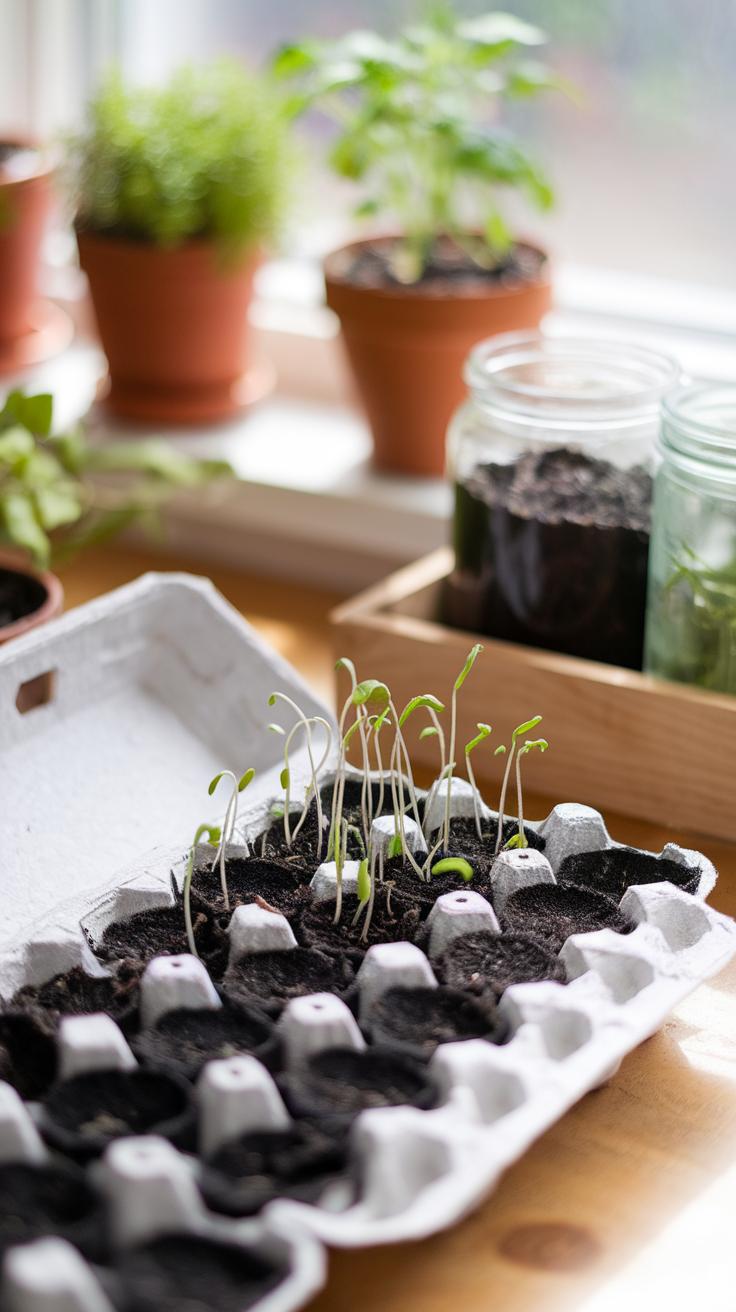
Starting your flower farm without spending too much on seeds or plants can give you a strong financial advantage. One way to keep costs low is by saving seeds from your own flowers. This means collecting seeds from mature plants and using them for the next planting season instead of buying new ones. You can also propagate plants from cuttings, which lets you create new flowers without paying for seedlings.
Buying seeds in bulk often lowers the price per seed. When you choose varieties suited to your farm, bulk buying can stretch your budget and provide enough plants for a larger area.
Ask yourself: How many plants do you really need? Planning seed quantity helps avoid waste and extra cost.
Starting seeds at home using simple methods, like seed trays or reused containers, also saves money compared to buying starter plants.
Using these methods, your flower farm can grow with minimal spending yet strong potential for profit.
How To Save And Store Seeds
To save seeds, wait until flowers fully mature and produce seeds or seed pods. This ensures the seeds contain enough energy to grow into healthy plants. Collect seeds by gently shaking or cutting seed heads.
Dry your seeds completely before storing. Moist seeds can mold or rot. Place seeds in paper envelopes or breathable containers to keep them dry. Label each container with the flower type and date collected.
Store seeds in a cool, dark, and dry place. A closet shelf or a sealed jar with silica gel packets can extend seed life.
Check seeds by trying to sprout a few before planting a full crop. Poor germination means seeds need better storage or replacement.
Saving seeds gives you control over plant varieties and reduces future seed costs. Will you try saving seeds this season to see how much you can save?
Propagating Plants From Cuttings
Propagating from cuttings lets you grow new plants from shoots or leaves of existing flowers. Take cuttings from healthy, disease-free plants about 4 to 6 inches long.
Remove lower leaves, dip the cutting tip in rooting hormone (optional), and plant it in moist soil or water until roots form. Keep the cutting in a warm, bright area but avoid direct sunlight.
Roots usually develop within weeks. Once rooted, transplant the cutting into your flower beds or pots.
This method works well with many flowers like geraniums, begonias, and chrysanthemums. It saves money because you don’t need to buy young plants.
Try propagating from cuttings to multiply your favorite flowers without spending extra on starters. How many plants could you grow this way next season?
Managing Water And Irrigation Economically
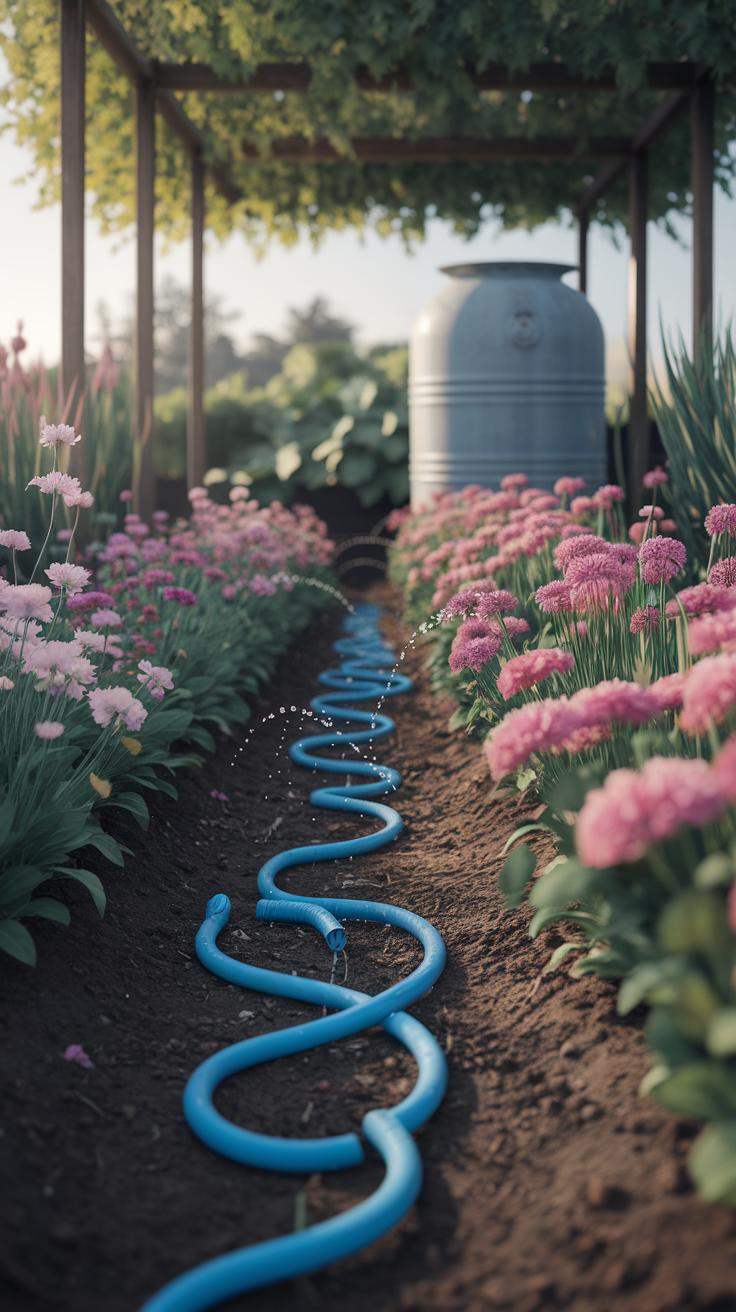
Water use is one of the biggest expenses in flower farming, but you can lower costs by choosing smart irrigation methods. Collecting rainwater helps you tap into a free water source. You can set up simple barrels or tanks under roof gutters to gather rain. This captured water can supply your flowers during dry spells, cutting down your water bills.
Low-cost drip irrigation delivers water directly to each plant’s roots. This method reduces water waste from evaporation and runoff. You can create a basic drip system using affordable tubing and emitters from garden centers. Connect the hose to your water source or rainwater tank and lay it along your flower beds. The water drips slowly, so you only use what plants need.
Think about your farm’s size and water demand. Could rainwater and drip irrigation meet most of your needs? These techniques help maintain healthy flowers without overspending on water.
Using Rainwater For Irrigation
You can catch rain with a few low-cost materials. Attach gutters to your barn or shed roof. Position barrels or large containers at downspouts to collect the water. Install a simple screen to keep debris and insects out. Make sure barrels are covered to prevent mosquitoes.
Once your container fills, use a watering can, bucket, or gravity-fed hose to water plants. This system does not require electricity or pumps. Rainwater harvested this way can greatly reduce your dependence on city water or well water, saving money monthly. How much rain falls in your area each season, and could you capture enough to help your flowers thrive?
Installing Low-Cost Drip Irrigation
Basic drip irrigation parts cost less than you might expect. Buy a length of drip tubing and small emitters that release slow water drops. Attach tubing along rows of flowers. Clip emitters near each plant stem for targeted watering.
Connect your tubing to a garden hose or rain barrel using a connector fitting. Use a timer or water manually to control irrigation duration. This simple setup reduces water use by up to 50% compared to sprinklers. It also promotes stronger growth by keeping soil evenly moist.
Starting small helps you learn how to space emitters and adjust water flow before expanding your system. What small section of your farm could benefit most from drip irrigation first? Efficient water use is key to growing your flower business without extra costs.
Maintaining Flower Health With BudgetFriendly Practices
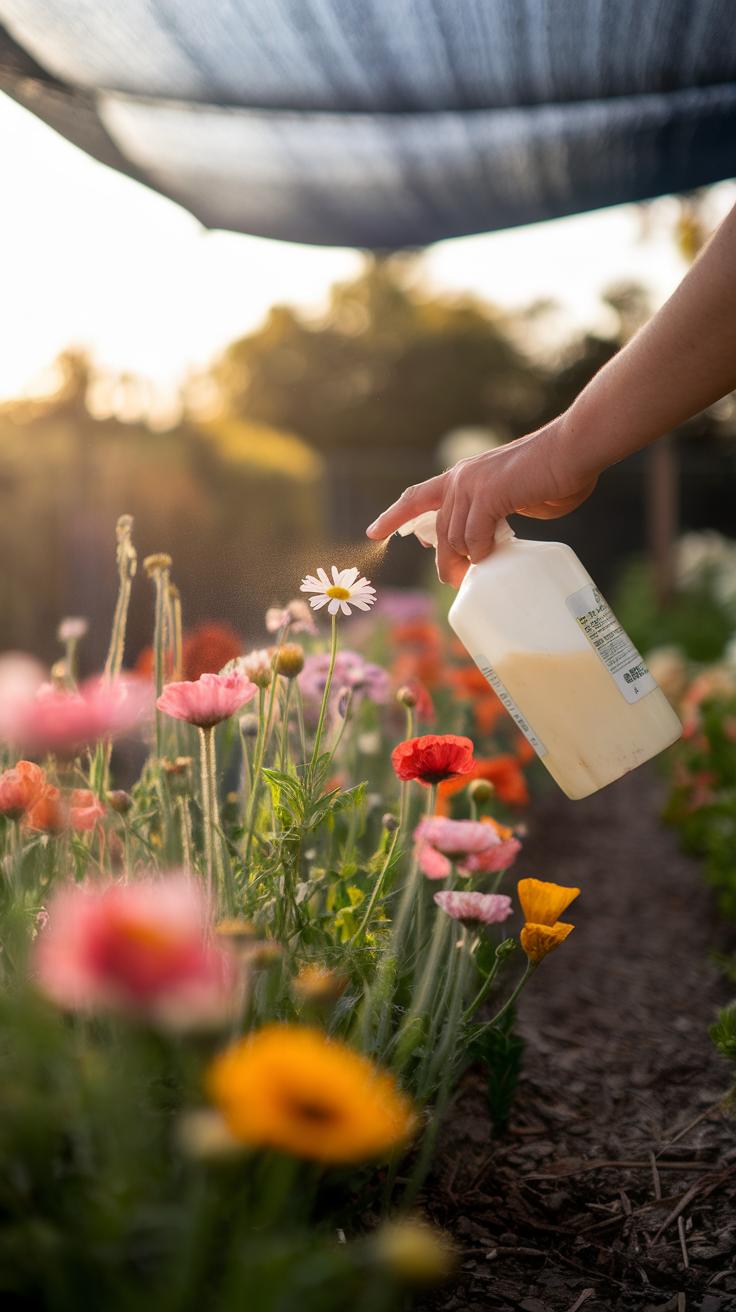
Keeping your flowers healthy does not require expensive chemicals or treatments. Natural methods can protect your plants while saving money. You want to create an environment where flowers thrive and pests stay away without adding extra cost.
One effective way is companion planting. Planting marigolds near roses, for example, can repel aphids. You can also grow herbs like basil or mint alongside flowers to deter pests naturally. These plants are easy to grow and cost little to maintain.
Neem oil serves as an affordable and natural pesticide. Diluted neem oil sprayed on leaves targets many common pests without harming beneficial insects. Make sure to apply it early in the morning or late afternoon to avoid leaf burns.
Encouraging beneficial insects is another low-cost option. Ladybugs, lacewings, and bees help control harmful insects and boost pollination. Create habitats by planting native wildflowers or setting up simple insect hotels using recycled wood or bamboo.
Natural Pest Control Methods
Your flower farm becomes stronger when you work with nature. Companion planting uses pest-repelling plants like garlic or chives beside your flowers to reduce bug problems. These plants offer low-maintenance solutions that fit tight budgets.
Spraying neem oil disrupts pest growth and reproduction. Its low toxicity makes it safe for your flowers and helpful insects. Mixing neem oil with water and a bit of soap creates an effective, cheap spray for weekly applications.
Building spaces for beneficial insects encourages natural pest control. You might create a simple insect motel with leftover materials or plant nectar-rich flowers to attract these helpers. Have you noticed how attracting ladybugs can quickly reduce aphids?
Basic Disease Prevention
Maintaining clean tools and removing dead plant debris prevents disease spread at little to no cost. Wiping pruning shears with rubbing alcohol before use keeps infections away.
Rotating flower varieties in different beds each season interrupts disease cycles. For example, planting zinnias in one spot one year and sunflowers the next reduces soil-borne diseases. Rotation uses your space smartly without needing extra resources.
Choosing disease-resistant flower types lowers your risk of costly outbreaks. Varieties like cosmos and snapdragons tend to resist mildew and rust. Have you considered starting your farm with these resilient flowers to cut down on treatments?
Harvesting And Post Harvest Handling
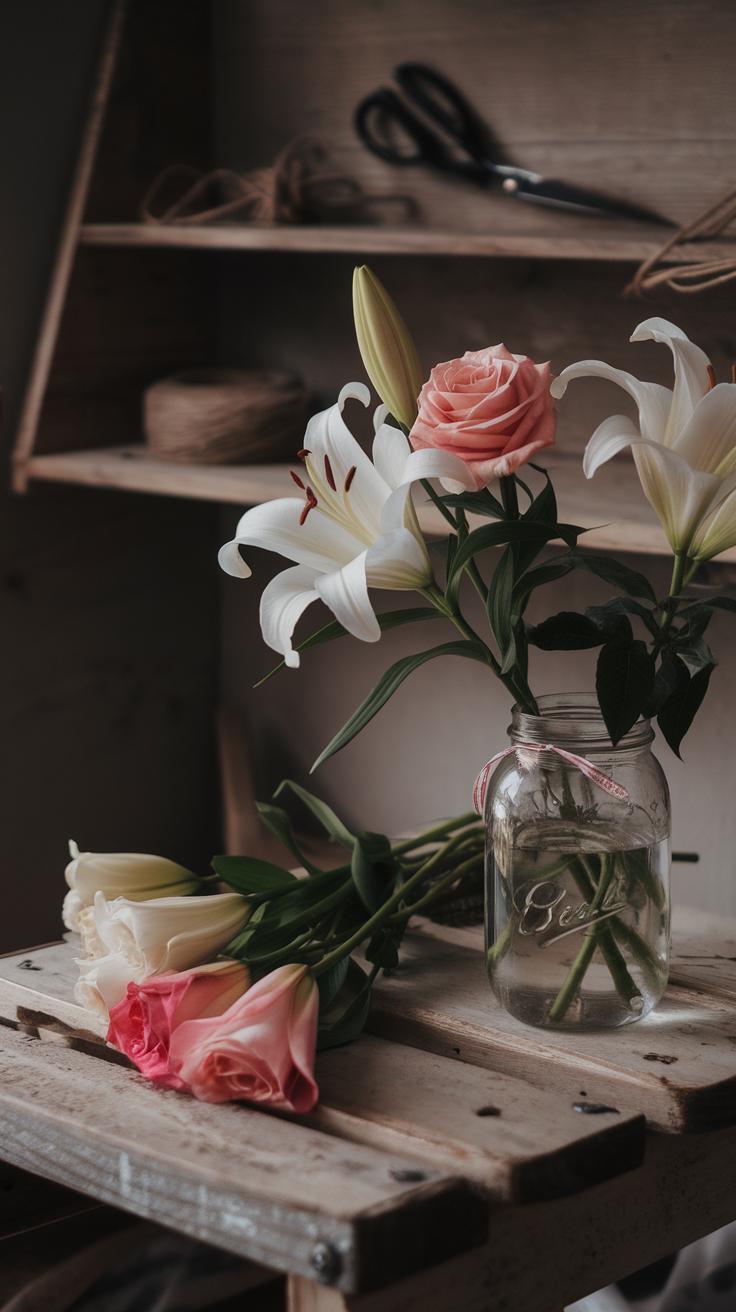
Timing Your Flower Harvest
Your flowers reach peak freshness when you pick them at the right moment. Most flowers look best just before their petals fully open. This stage helps them last longer after harvesting.
Check your plants early in the morning when temperatures are cooler and moisture is higher. Picking during this time reduces stress and keeps blooms firm. Avoid harvesting in hot midday sun to prevent wilting.
Observe the buds closely. Are the petals showing color but still tight? That is usually the best time to cut. For example, snapdragons and sunflowers do well when harvested this way to extend vase life.
Ask yourself when your customers want the flowers. If you deliver freshly cut bouquets, timing matters even more. Careful harvest timing means less waste and higher profits for your farm.
Simple Storage And Transport
Once you pick your flowers, proper storage is key to keeping them fresh without spending much. Place stems in clean water with a splash of a natural preservative, like lemon juice or a bit of sugar.
Store flowers in a cool, shaded spot. Keeping them at temperatures around 38 to 40 degrees Fahrenheit slows down aging. A simple cooler or shade structure can work well for this.
For transport, pack flowers loosely in buckets or containers with water. Use soft materials like cloth or paper between bunches to avoid bruising. Avoid overcrowding to prevent damage.
Think about your transport routes and time. The quicker the flowers reach your customers, the better their condition and value. Can you bundle deliveries or use insulated containers without raising costs?
Marketing Your Flowers Effectively On A Budget
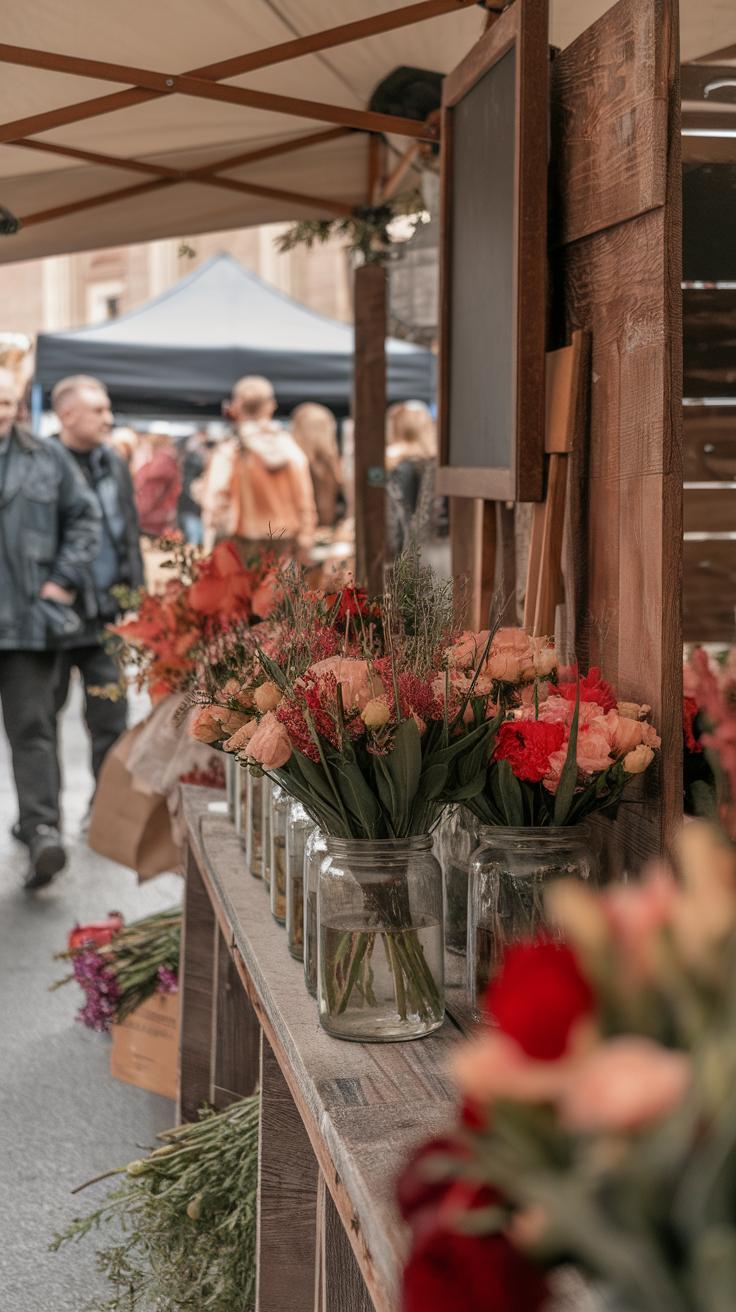
Marketing your flowers does not require a big budget to bring in steady customers. Building strong relationships with local buyers can make your farm well-known in your area. Talk to gardeners, café owners, and event planners. Offer samples or small bouquets to local businesses to get your flowers noticed. These connections often lead to repeat orders and word-of-mouth referrals.
Social media offers a free way to reach beyond your neighborhood. Share clear photos of your fresh blooms and quick stories about your farm’s daily life. Ask your followers questions to encourage comments. Use simple tools on your phone for good lighting and close-ups to make your flowers stand out.
Try live videos to show your flower pick process or answer questions about growing flowers. This adds a personal touch that builds trust with customers. Can you think of ways to involve your audience in choosing new flower types or naming your bouquets? Engaging this way helps your farm grow with community support.
Selling Locally At Farmers Markets
Farmers markets offer direct access to local buyers who value fresh flowers. Start by visiting a few markets to observe how vendors display and price their products. Approach market managers with a clear plan about what you will sell, how many bouquets, and your pricing.
Bring small signs that show your farm name and tell your story briefly. Customers respond well to knowing where flowers come from. Be ready to talk about your farming methods or flower varieties—it builds connection and loyalty.
Set up your stall neatly and keep flowers well-watered and fresh. Ask happy customers for feedback and if they want to schedule regular orders. Offering small freebies, like a single bloom, can encourage new buyers to try your flowers.
Using Social Media To Reach Customers
Use social media platforms to show more than just photos. Tell stories about your flower farm’s progress. Post about planting new seeds or a flower variety’s meaning to connect with followers emotionally.
Regularly share photos of bouquets customers have bought and thank them. Encourage users to tag your page when they post pictures of your flowers. This spreads your reach without spending money.
Create short, informal videos demonstrating how to arrange flowers or care for freshly cut stems. These helpful tips encourage followers to keep your flowers longer and recommend your farm.
Have you thought about asking friends and family to share your posts? What about joining local online groups focused on gardening or small business support? These strategies open your flower farm to wider audiences with zero cost.
Scaling Your Flower Farm Over Time
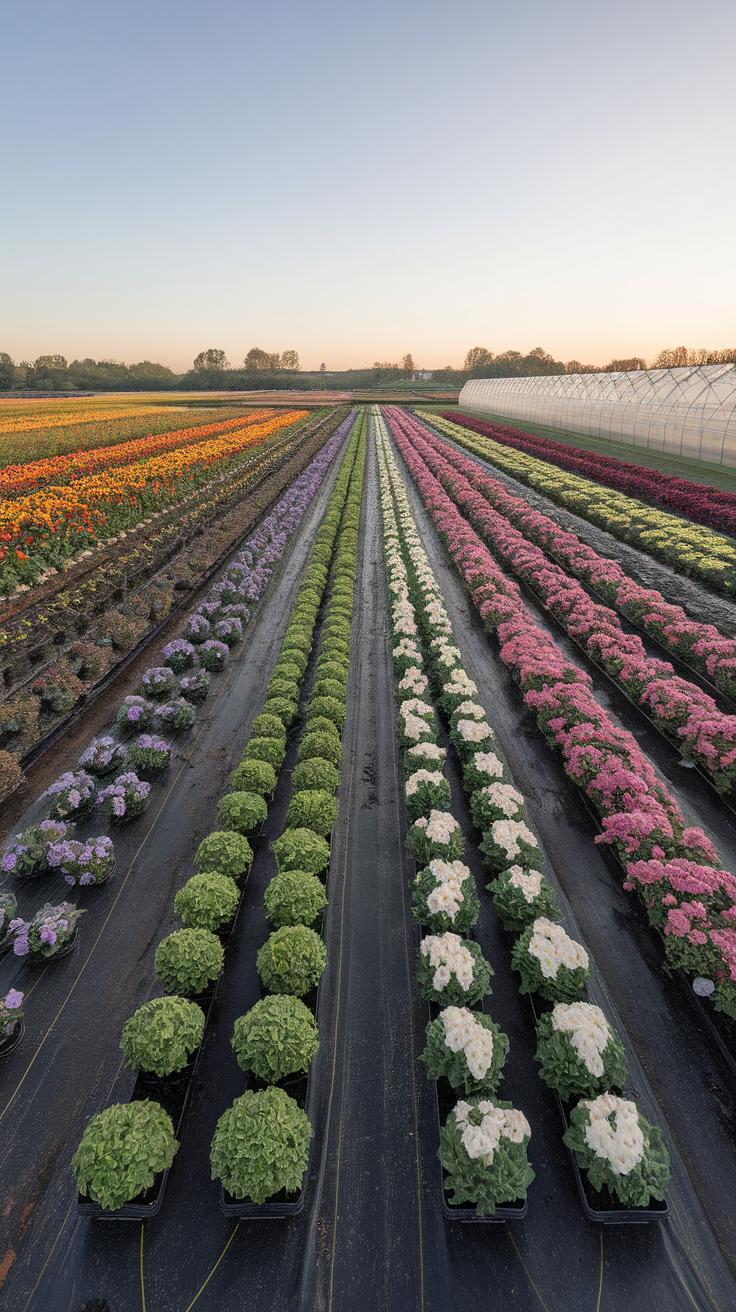
Growing your flower farm steadily means using your resources wisely. You want to avoid sudden big expenses that stretch your budget. Start by reinvesting profits back into the farm. Focus on small upgrades such as better tools or more efficient irrigation systems. These changes improve productivity without large upfront costs.
Think about adding new flower varieties slowly. Pick flowers that match customer demand or fit your climate well. This spreads your risk and can bring more customers. You don’t need to plant everything at once—introduce one or two new types each season to keep expenses manageable.
Improving farm processes could mean better scheduling, improved soil management, or organizing your workspace. These steps save time and reduce waste, so you spend less on labor or materials. What small change can you make that will boost your farm’s daily work?
Reinvesting And Expanding Your Farm
Your profits are a tool for growth. Each time you sell flowers, set aside a portion of the earnings to reinvest. Prioritize spending on things that directly increase production or reduce costs, like better seeds or drip irrigation.
Track expenses and income closely to see where you can cut waste. Building a simple budget will help you decide how much to reinvest and when. Reinvesting steadily, even with small amounts, builds a reliable pathway to expansion.
Keep your expansions focused. Instead of rushing to cover new land, work on making your current space produce more. Adding raised beds or improving soil quality often gives better results than buying new plots right away. What area could benefit from a small investment now?
Introducing New Flower Varieties
Select new flower types based on what your customers want and what sells well. Ask your buyers what colors, sizes, and scents they prefer. Look at local markets to see which flowers catch attention.
Try testing with a small patch before planting a whole field. Grow a few plants of a new variety and track how well they flourish and sell. This approach prevents costly mistakes on flowers that may not fit your farm’s conditions or clientele.
Adding flowers that bloom at different times can extend your selling season. This gives customers fresh options for longer periods and spreads your income through more months. Which varieties could fill gaps in your current harvest calendar?
Building Community Relationships And Partnerships
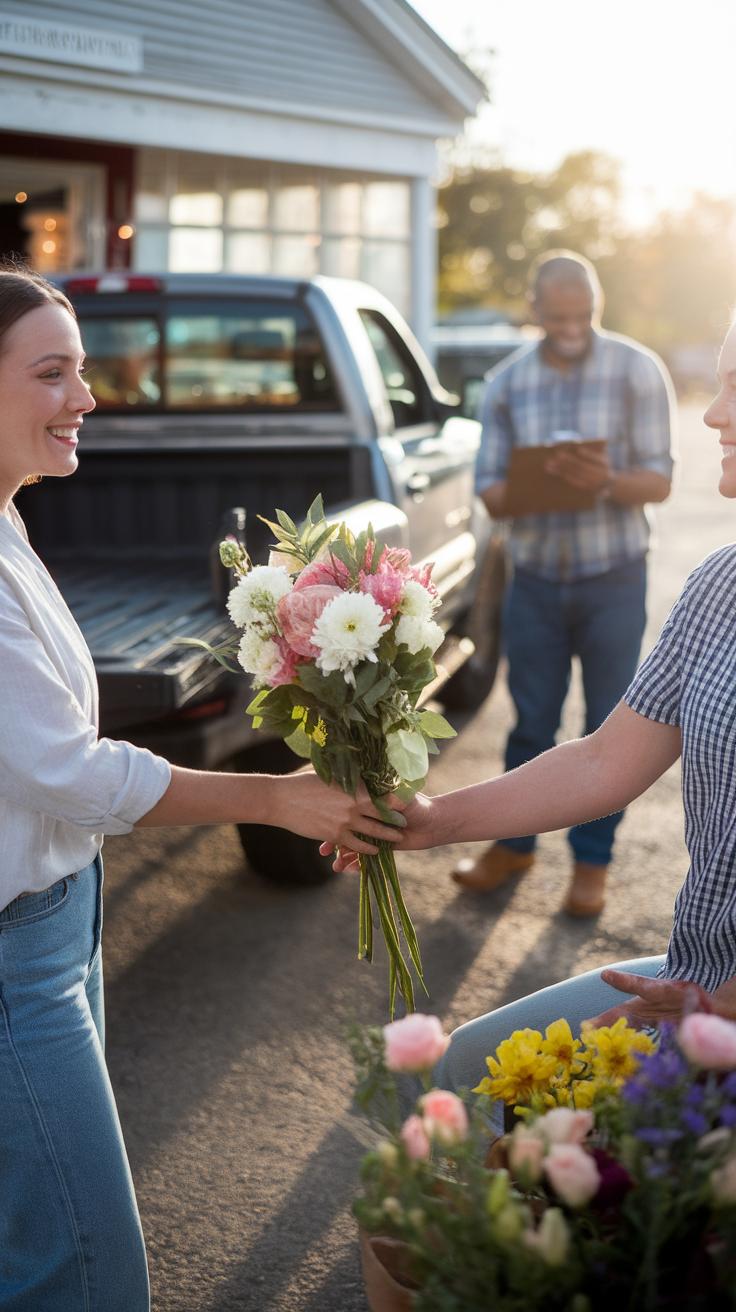
Building strong ties with local businesses, flower shops, and community organizations can help your flower farm reach more customers without spending a lot. When you connect with these groups, your farm gains trust and visibility. People in your community will recognize your flowers and your farm as part of the local economy. This helps you create a steady demand for your products. You can also share resources, learn new ideas, and find support from partners who want to see your business grow. Have you thought about reaching out to local shops or groups to boost your farm’s presence?
Partnering With Local Businesses
Working with florists and event planners can increase your sales and improve your farm’s reputation. Florists need fresh, quality flowers regularly, and event planners require bulk orders for weddings and gatherings. By offering them consistent, affordable supplies, you create loyal customers who promote your farm to others. Ask florists if you can provide specialty flowers or seasonal blooms they might not have. Event planners value flexibility, so providing timely service can lead to repeat business. Collaborating with these professionals also opens up new marketing opportunities, such as featuring your farm in event promotions or social media posts.
Community Engagement And Support
You can strengthen community ties by involving local groups in flower-related events. Hosting flower-picking days or workshops invites people to learn about your farm first-hand. Donating flowers to schools, hospitals, or community centers shows goodwill and spreads your farm’s name. These actions make your farm part of the community’s story. Local media may cover your activities, giving you free publicity. When people see your farm as a helpful neighbor, they’re more likely to support you with purchases and word-of-mouth recommendations. Which community organizations around you could benefit from your flowers or events?
Conclusions
Starting a flower farm on a budget is not only possible; it can be profitable with careful planning and smart choices. Focusing on cost-effective methods while maintaining quality will attract customers and keep expenses low. You can grow flowers that meet market demand without expensive inputs. By managing your farm actively and learning from experience, you can expand your business steadily over time.
Your journey in flower farming will demand patience and effort, but the rewards can be satisfying both financially and personally. Keep exploring new techniques, adapting to changes, and connecting with buyers. This practical approach helps ensure your flower farm grows successfully while preserving your budget. What steps will you take first to start your flower farm today?


